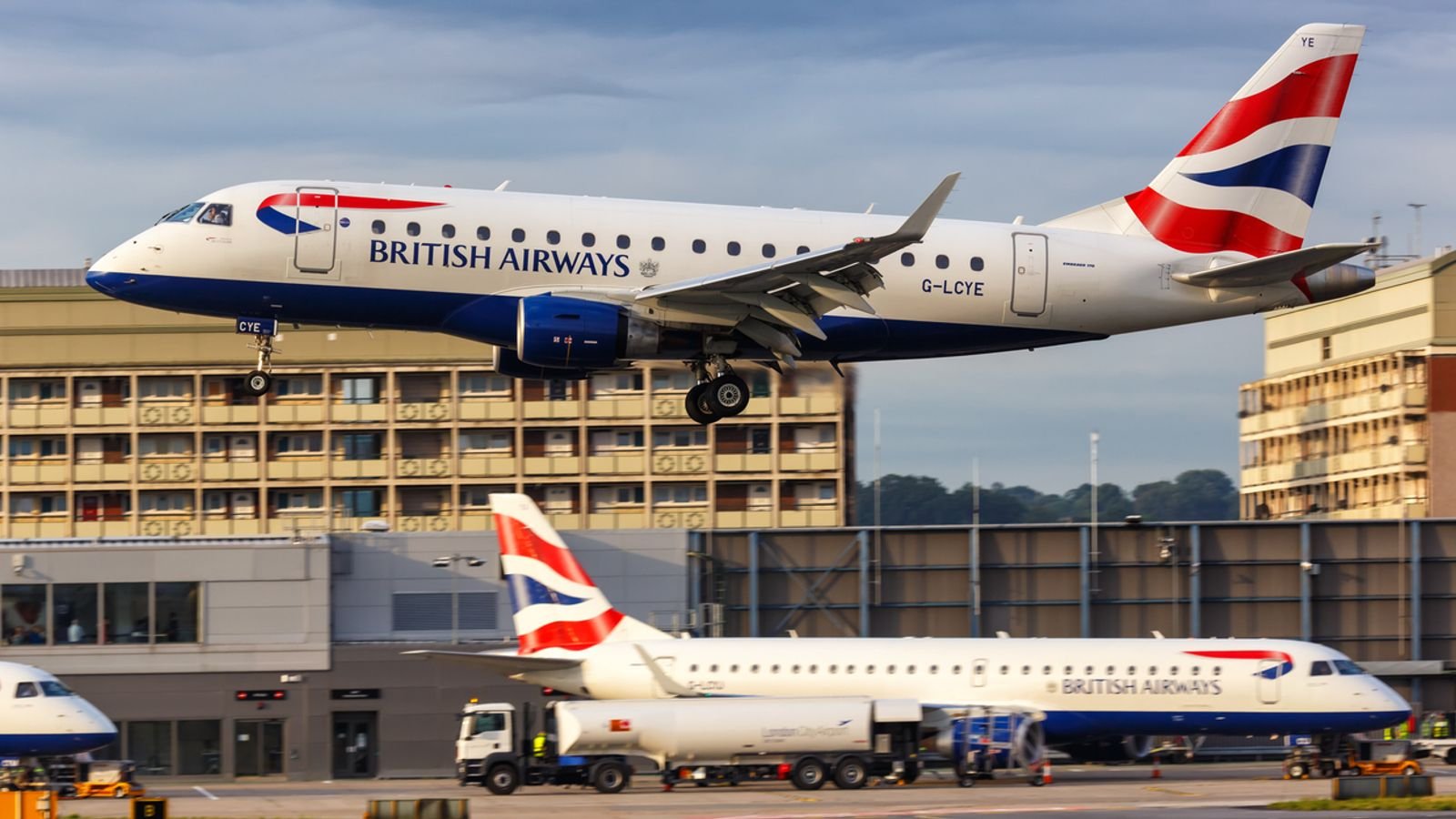For this week’s guide, Anna Bowes, savings expert from The Private Office, gives her take on calls for cash ISAs to be scrapped…
Nearly 2.4 million fixed-term savings accounts are due to mature over the next three months, according to Paragon Bank’s analysis of deposits from 40 leading providers of cash savings.
This includes 1.57 million adult cash ISAs and 826,000 non-ISA fixed-term bonds. The surge in maturing ISAs is no surprise, given that we are in the midst of ISA season.
For those with maturing non-ISA fixed-term bonds, more than half a million accounts will have generated enough interest to fully use up the personal savings allowance (PSA), meaning a tax bill could be on the way.
This serves as a timely reminder of the ongoing importance of cash ISAs, which allow savers to protect their returns from tax.
Despite the fact that there have now been three base rate cuts since August last year, expectations for further rate reductions have been scaled back, meaning that savings rates are likely to remain higher for longer than previously thought.
That’s good news for savers, as there are still plenty of competitive rates to be found – and many accounts are continuing to offer returns that beat inflation, even after the unexpected jump to 3% in the year to January 2025.
That said, further base rate cuts are still expected in the coming months.
For those with maturing bonds and ISAs, locking in a new fixed rate now could be a sensible strategy, helping to guard against any future interest rate reductions.
However, the decision on whether to opt for an ISA or a standard savings bond will depend on individual tax circumstances.
Although top fixed-term bonds may appear to offer slightly higher rates than the equivalent tax-free ISA accounts, it’s important to factor in the impact of tax.
Take, for example, the leading one-year bond paying 4.60%. If you have already used up your personal savings allowance, the return after basic rate tax would be just 3.68% – meaning interest of £736 on a £20,000 deposit.
For a higher rate taxpayer, this falls further to 2.76%, with just £552 earned over 12 months after tax.
Compare this with the best one-year cash ISA paying 4.45%, which would generate £890 in interest – and that’s tax-free, no matter what your tax position is.
Of course, for those who are non-taxpayers or unlikely to exceed their PSA (and the starting rate for savings allowance, if applicable), a fixed-term bond could still provide better overall returns than a cash ISA.
With a rate of 4.60%, a deposit of £21,740 would produce £1,000 in interest, using up the full basic rate personal savings allowance, while for higher rate taxpayers, just £10,870 would be enough to reach the £500 limit.
Although Rachel Reeves has announced she will not be scrapping the cash ISA allowance, it could still be slashed. So it’s worth using it while you can.






